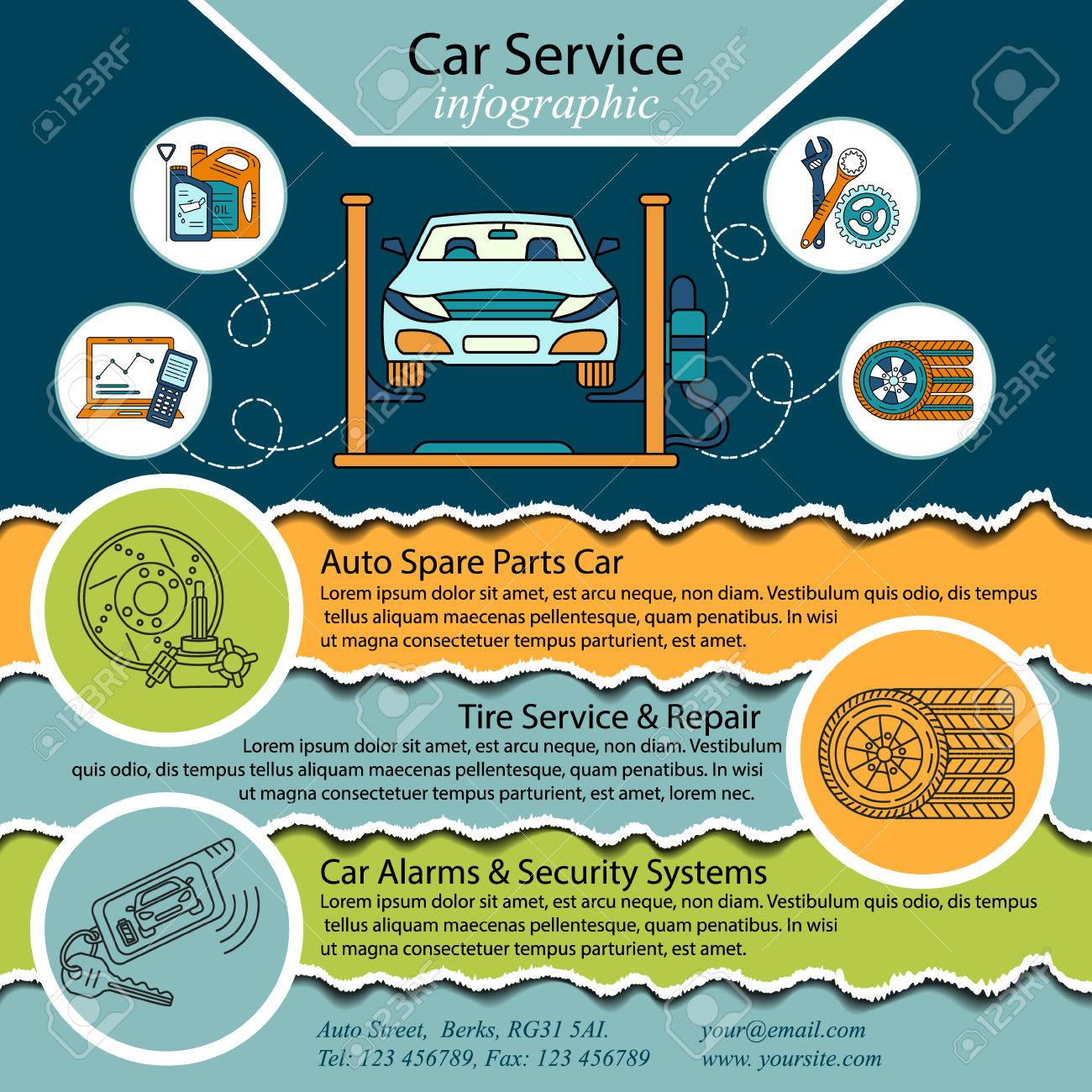Interested In Understanding The Warning Lights On Your Automobile'S Dashboard? Discover Their Relevance For Your Car'S Safety And Security And Total Problem
Interested In Understanding The Warning Lights On Your Automobile'S Dashboard? Discover Their Relevance For Your Car'S Safety And Security And Total Problem
Blog Article
Team Author-Vinson Gilbert
When you're behind the wheel, those beautiful warning lights on your dashboard can be a little bit complicated. Do you understand what they're attempting to inform you regarding your auto's wellness? Understanding the value of these lights is essential for your safety and security and the long life of your vehicle. So, the next time one of those lights appears, wouldn't you want to analyze its message precisely and take the required steps to resolve it?
Common Warning Lighting and Interpretations
Recognize usual caution lights in your vehicle and recognize their meanings to guarantee safe driving.
The most regular warning lights consist of the check engine light, which signifies concerns with the engine or discharges system. If this light comes on, it's essential to have your vehicle checked without delay.
The oil stress alerting light suggests low oil stress, requiring instant interest to stop engine damages.
interior car seat cleaning flashing battery light could recommend a damaged charging system, potentially leaving you stranded if not dealt with.
The tire pressure surveillance system (TPMS) light alerts you to reduced tire stress, influencing car security and fuel performance. Disregarding this might lead to unsafe driving problems.
The abdominal muscle light indicates a problem with the anti-lock braking system, jeopardizing your capacity to stop quickly in emergencies.
Finally, the coolant temperature level warning light warns of engine getting too hot, which can result in serious damages otherwise fixed promptly.
Understanding these usual warning lights will aid you deal with issues promptly and preserve risk-free driving conditions.
Significance of Prompt Interest
Comprehending the typical warning lights in your auto is just the first step; the value of promptly dealing with these cautions can't be emphasized enough to ensure your safety and security when traveling.
When please click the next web page brightens on your control panel, it's your cars and truck's way of connecting a prospective issue that requires interest. Ignoring these warnings can cause much more serious problems down the road, compromising your security and possibly costing you extra out of commission.
Trigger interest to cautioning lights can protect against failures and accidents. For example, a blinking check engine light might show a misfire that, if left unattended, might cause damage to the catalytic converter. Resolving this quickly can conserve you from a costly fixing.
In a similar way, a brake system warning light could indicate reduced brake liquid or used brake pads, important parts for your security when driving.
DIY Troubleshooting Tips
If you notice a warning light on your dashboard, there are a couple of do it yourself repairing tips you can attempt before seeking expert aid.
The first step is to consult your car's manual to comprehend what the certain warning light suggests. Sometimes the issue can be as straightforward as a loosened gas cap setting off the check engine light. Tightening up the gas cap may settle the issue.
An additional typical issue is a reduced battery, which can trigger numerous advising lights. Examining the battery links for deterioration and ensuring they're protected could take care of the trouble.
If a caution light continues, you can attempt resetting it by separating the vehicle's battery for a few mins and then reconnecting it. Additionally, inspecting your vehicle's liquid levels, such as oil, coolant, and brake fluid, can assist repair warning lights associated with these systems.
Conclusion
To conclude, comprehending your car's warning lights is crucial for keeping your automobile running smoothly and safely. By quickly dealing with these alerts and knowing what they mean, you can prevent pricey repairs and potential breakdowns.
Bear in mind to consult your automobile's guidebook for certain details on each alerting light and take action as necessary to make certain a hassle-free driving experience.
Keep informed, remain secure when traveling!
